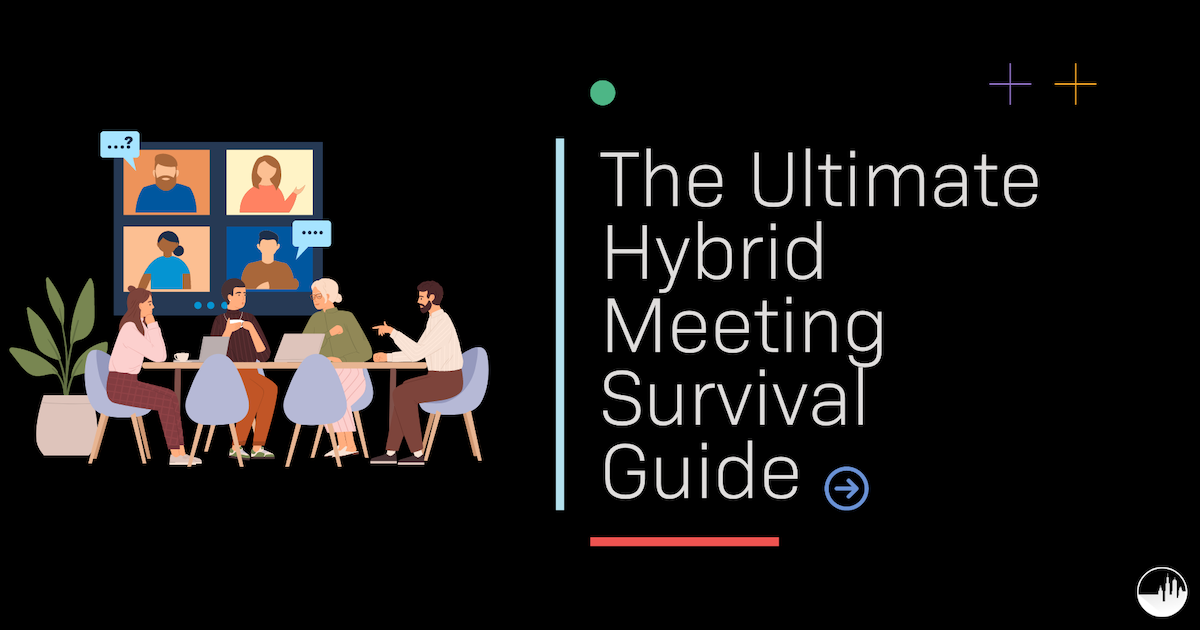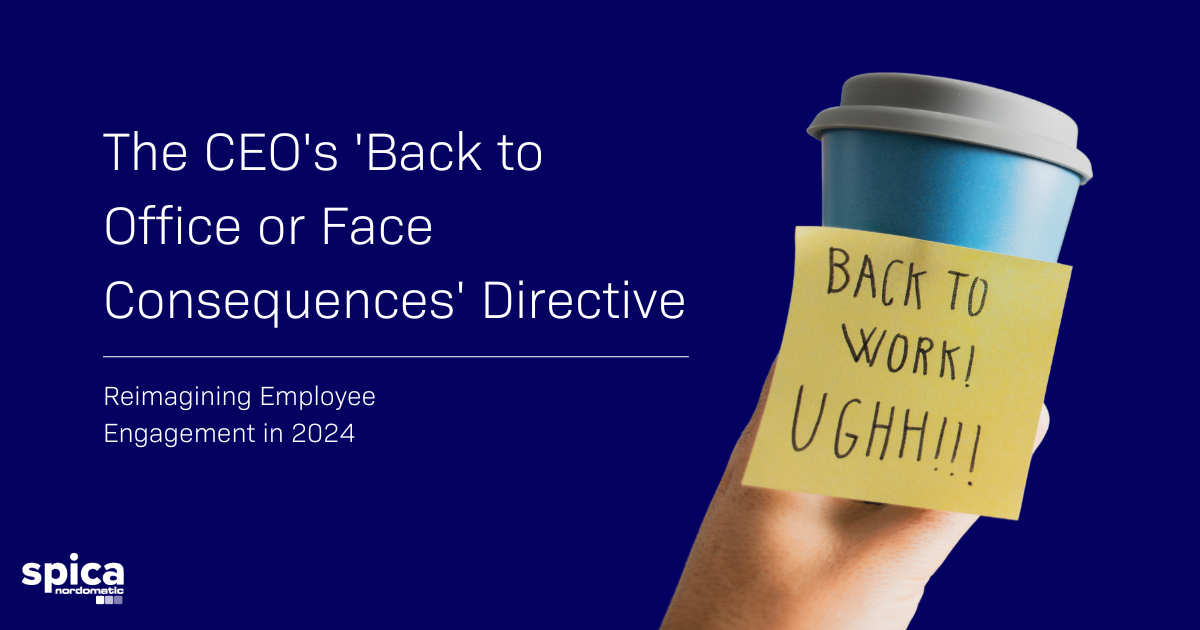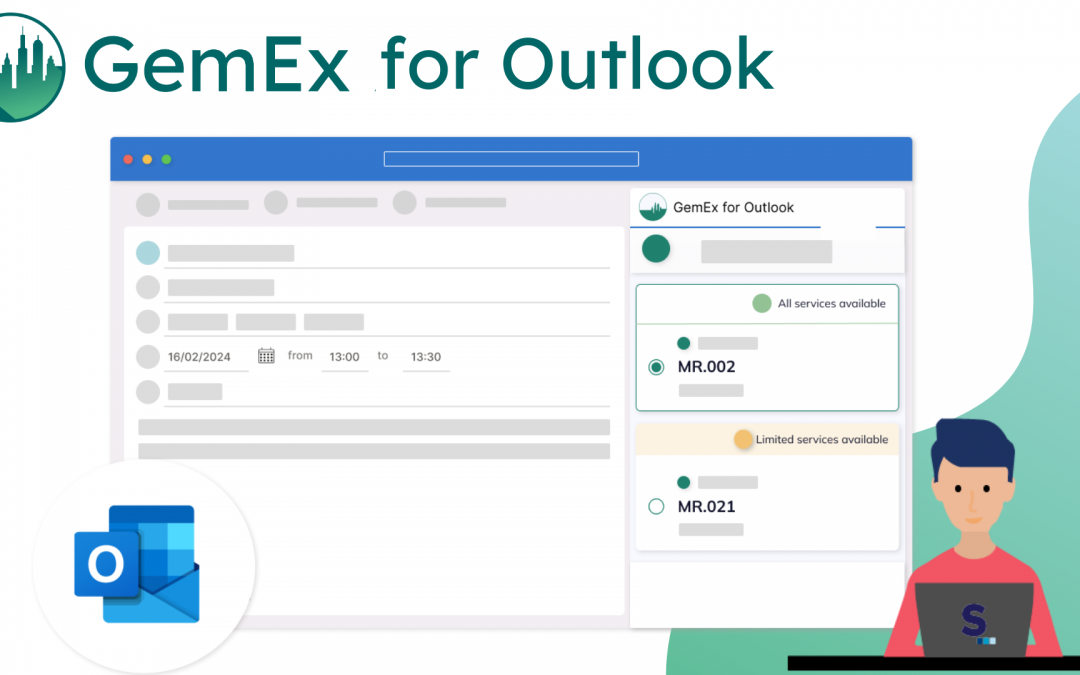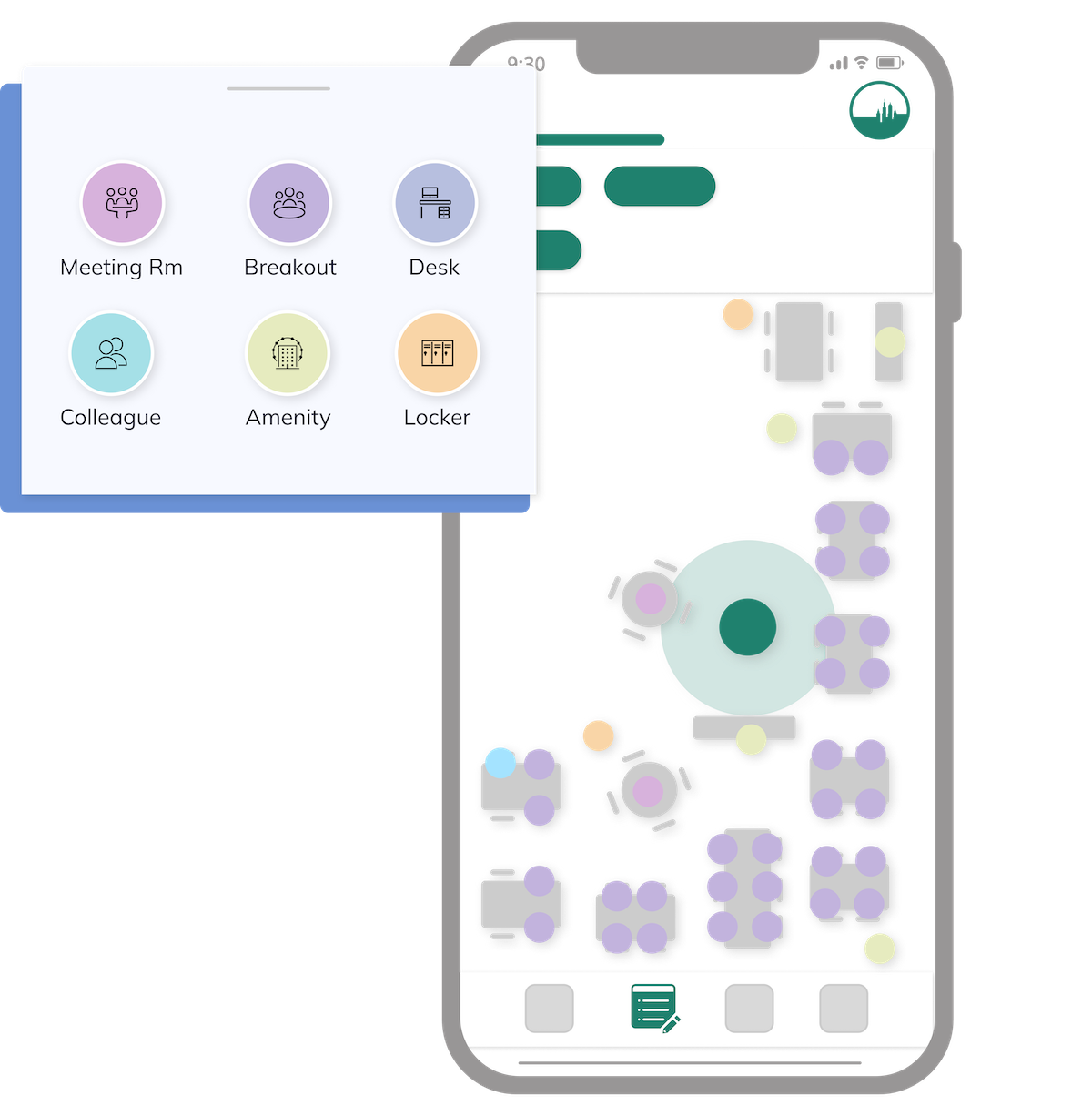The design of a feature is a complex multifaceted process that starts from the idea and ends with the project ready to use by the end-users. The idea is an answer to an existing issue that requires solution.
Why We Need Usability Testing
The biggest challenge we face is to understand how the individual human thinks and how they will interact with the product we deliver. There is no perfect solution, right or wrong answer, ideal path to take – the best way to verify if designer’s hypothesis is right is to test it.
Usability testing in the very early stages helps to determine the direction of the design process and verify its steps, meaning the testing should be done early and repeated often. It is important to focus on two factors – the target users and type of the test to better understand the way to archive concrete goals.
What UX challenges do we face?
On the GemEx Engine® platform we focus to deliver every feature with the best user experience possible – by performing multiple usability tests we try to understand how the user thinks and analyse the information. The most important thing is to help the user to perform the tasks with success by improving the efficiency of the page, intuitiveness, an easy learning experience, but also recovering from errors.
Our platform offers wide range of data alongside complicated terms related to the technology we use, that’s why the key is to make it legible and clear for the user, but most importantly – not overwhelming them, thereby decreasing user satisfaction. The product has to be usable and accessible, but always with the best experience for the users.
How we improve our UX
One example of a recent feature from the GemEx platform was creating the taxonomy system and applying the categories to the points to better describe the digital twin of the building. This feature has been tested multiple times from the very beginning to understand the best solution on how to do it, how we can reuse certain commonly used patterns in web design and apply them in our system.
We have performed multiple tasks on a couple of versions of our prototypes with 2 main groups of users – one of them are people who know very well the GemEx platform and the other is the group of people who had really low experience and knowledge about the system. The goal of each stage of the tests was slightly different – from finding the best way to reuse the common pattern – ‘tag’, understand the tagging process and the value for the user to improve it when doing the action on a different number of points.
We measure key points to review the value of each prototype, such as creation time of a new point in a hierarchy, applying tags to the new item, applying tags in certain time in the past to existing ones, applying or removing multiple tags at once.
This way we understand that the tagging process is easy to learn, but also the design is clear and memorable so the user at any point of it knows where they are and can effectively perform it in a shortest way possible.
We learn from the usability testing how applying improvements and ideas from one usability test to another can effectively decrease the time of the digital twin creation.
Users were able in the last round of testing to perform the same task in 40 seconds less than during the first stage of testing. This way we’re able to save almost 3 hours of installation time on an average building that houses 500 points on GemEx platform. Saving our platform administrators time and improving the user experience.















